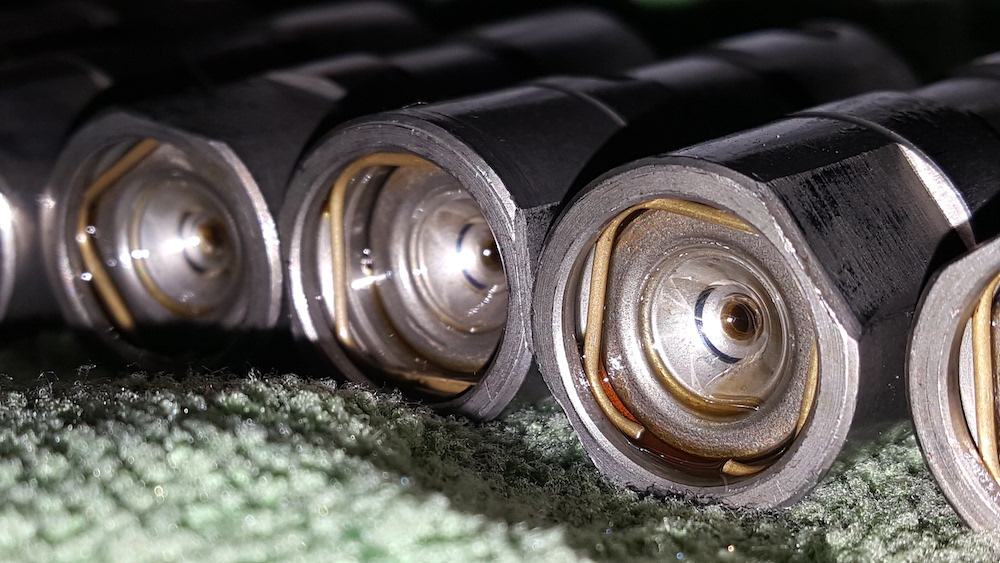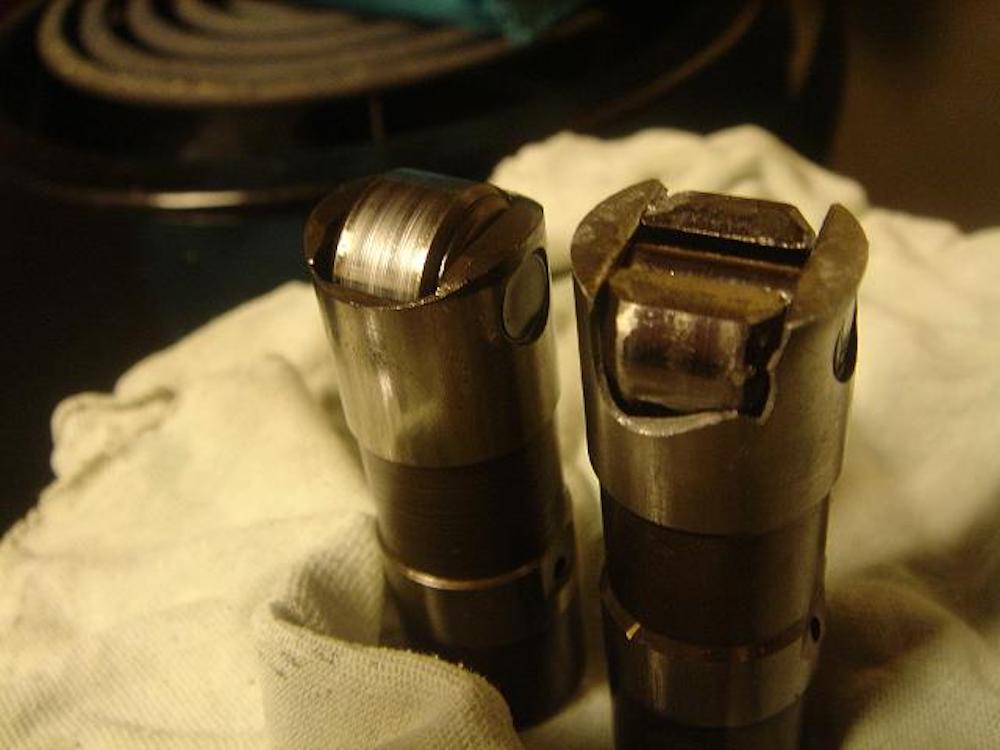‘LS1Tech’ Shows You How to Test for a Bad Lifter in an LS
There are numerous ways to check for a bad lifter, though some are simpler than others.
Engines themselves are a bit of a mystery, even to those that know a lot about them or have tons of experience working on them. Even then, sometimes, problems will pop up that are difficult to uncover, which can obviously be incredibly frustrating. On the other hand, that’s precisely why places like the LS1Tech forums exist – it’s a place where you can go post questions or ask for help, and the community always obliges. One such example is here, where one member needed some advice on how to determine whether or not they had a bad lifter in their LS powerplant, a thread that’s full of good information.
First, one will want to pull the valve covers, of course, at which point wildcamaro notes a few things to look for. “You gotta pull them and check the roller tip for pitting. Another way to check them is rolling the roller tip on your forearm and since there are a lot of nerves you can feel for uneven surface.”
If that’s not the case or if you feel like the plunger could be the culprit here, therabidweasel has some instructions on how to proceed. “If the check valve is broken, you will be able to pick the nose of the rocker up to bleed it down. IIRC, the industry standard is to apply a 50 pound weight to the plunger when filled with a particular fluid, it will take 35 or more seconds to bleed 0.062 of plunger travel. If it is way fast/soft, it is wasted. If the plunger is collapsed or a roller wasted you will most likely be able to rotate the motor and see a ton of daylight on that valve…unless the lifter is hung in the up position.”
Then again, there’s also a simple way to check for a bad lifter in general, as MikeLSS1 points out. “I might be stating the obvious, but I’ll do it anyway just in case. I had one go out and I just jiggled the pushrods. You might have a little play in all of them, but if you have the suspected one on the zero lift point on the camshaft, it the pushrod will move much more than the other ones on zero lift. I realize that doesn’t fully confirm there isn’t a lifter problem, but it can easily confirm there is! Good luck and I hope one didn’t turn on you.”
Finally, we have yet another simple method from parks450, which involves using a tool that most of us have in our garages. “The way I found my bad lifters is I removed the valve covers and rockers, left the push rods, and then took compressed air and blew it into the pushrod. All of my rockers held the air pressure except for two. Two let air through almost immediately. I only held the air on them for a max of 1-2 seconds. It pin pointed my problem and it worked.”
Some helpful advice, indeed, but this is only a small sample of the many great how-to threads here in the LS1Tech forums. So if you’re in need of some help, head over here and search for your particular topic, or create a new thread and let the community lend you a helping hand!
Photos: LS1Tech Forums



